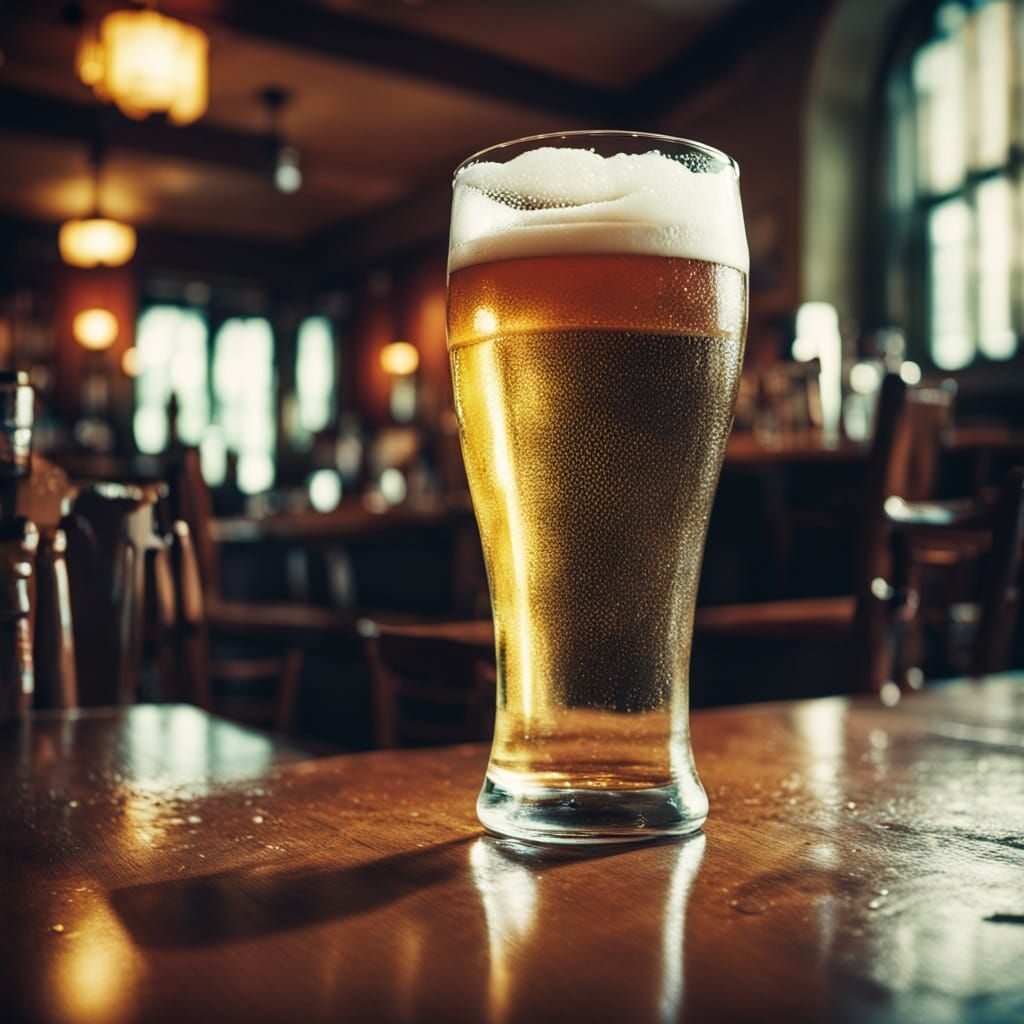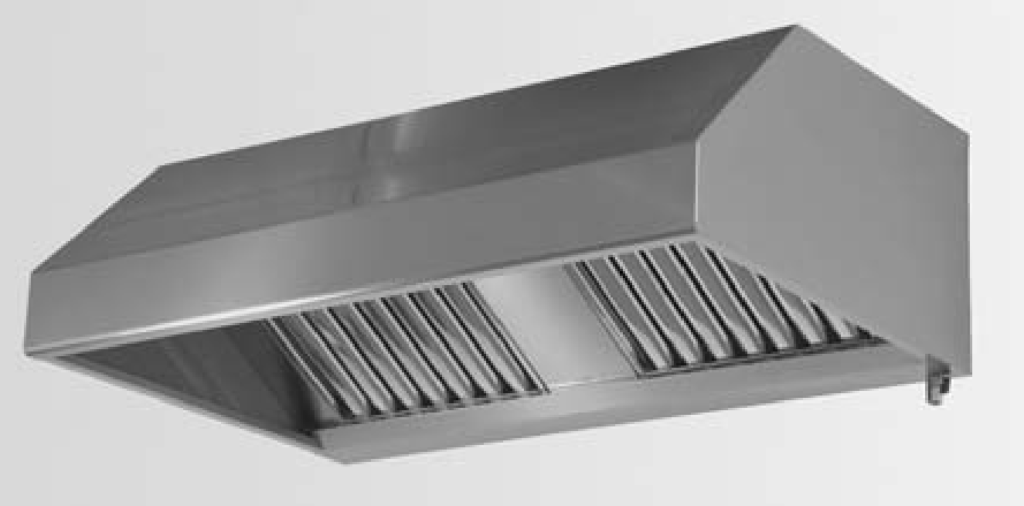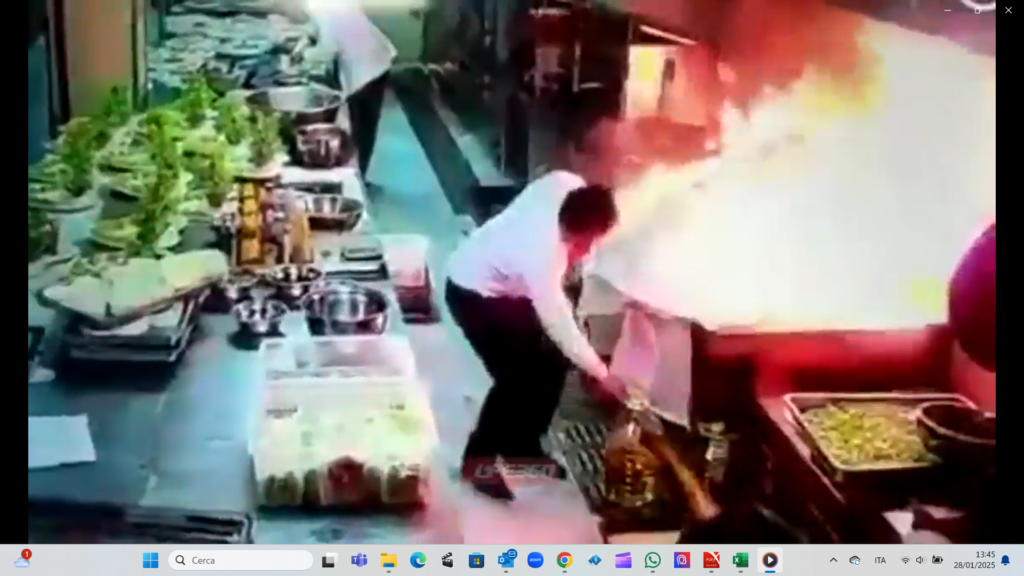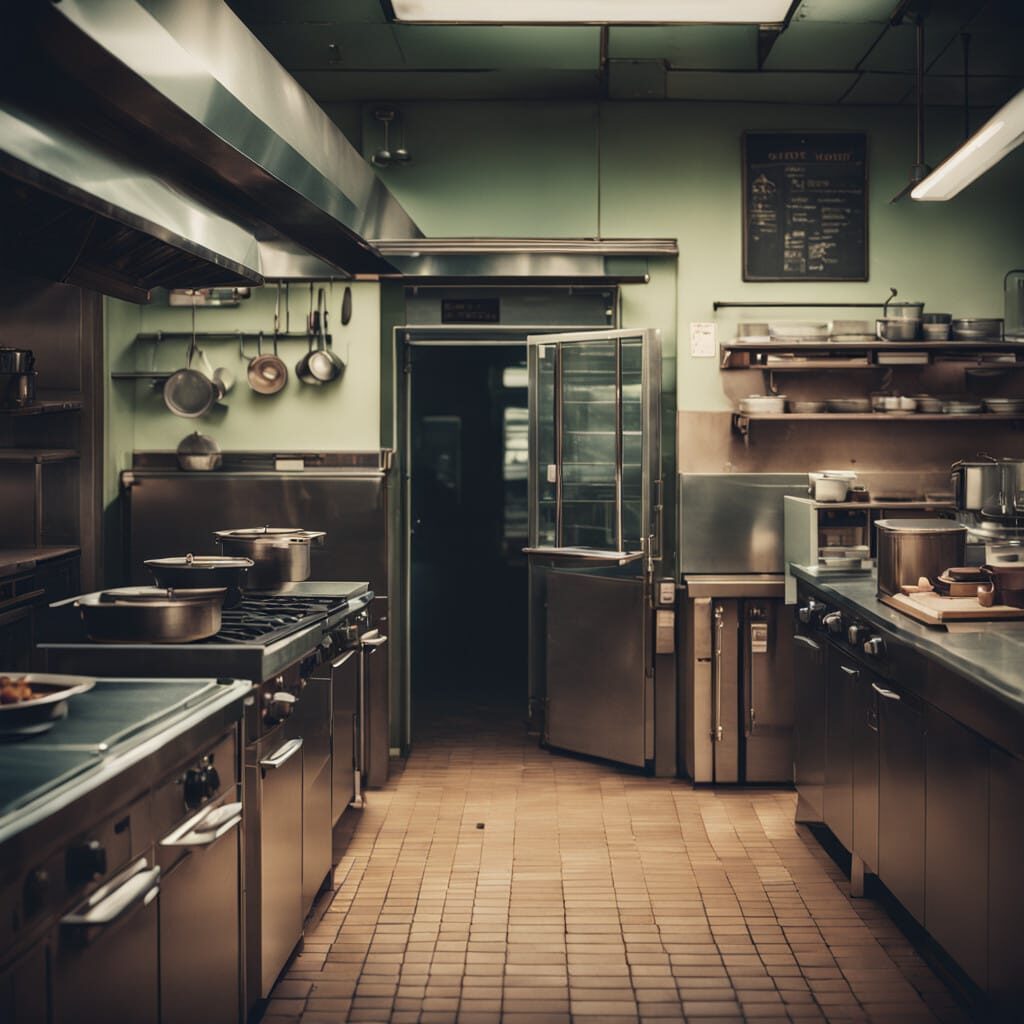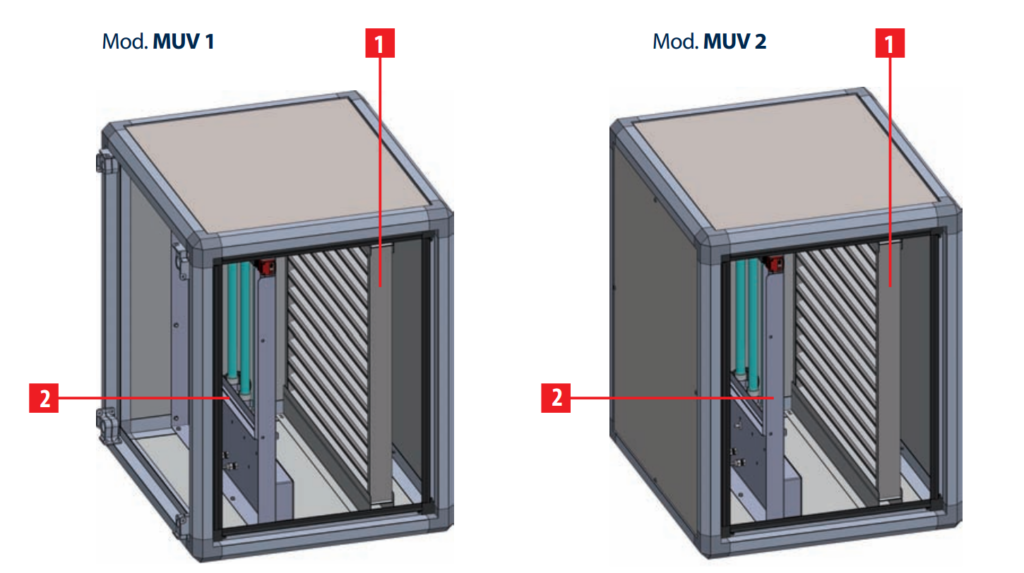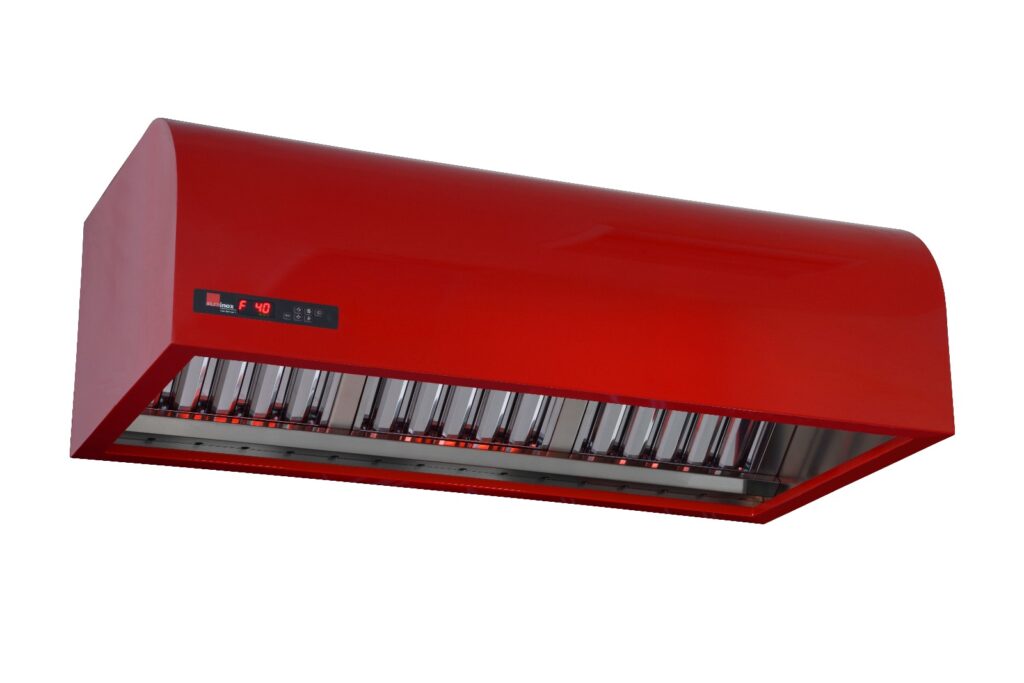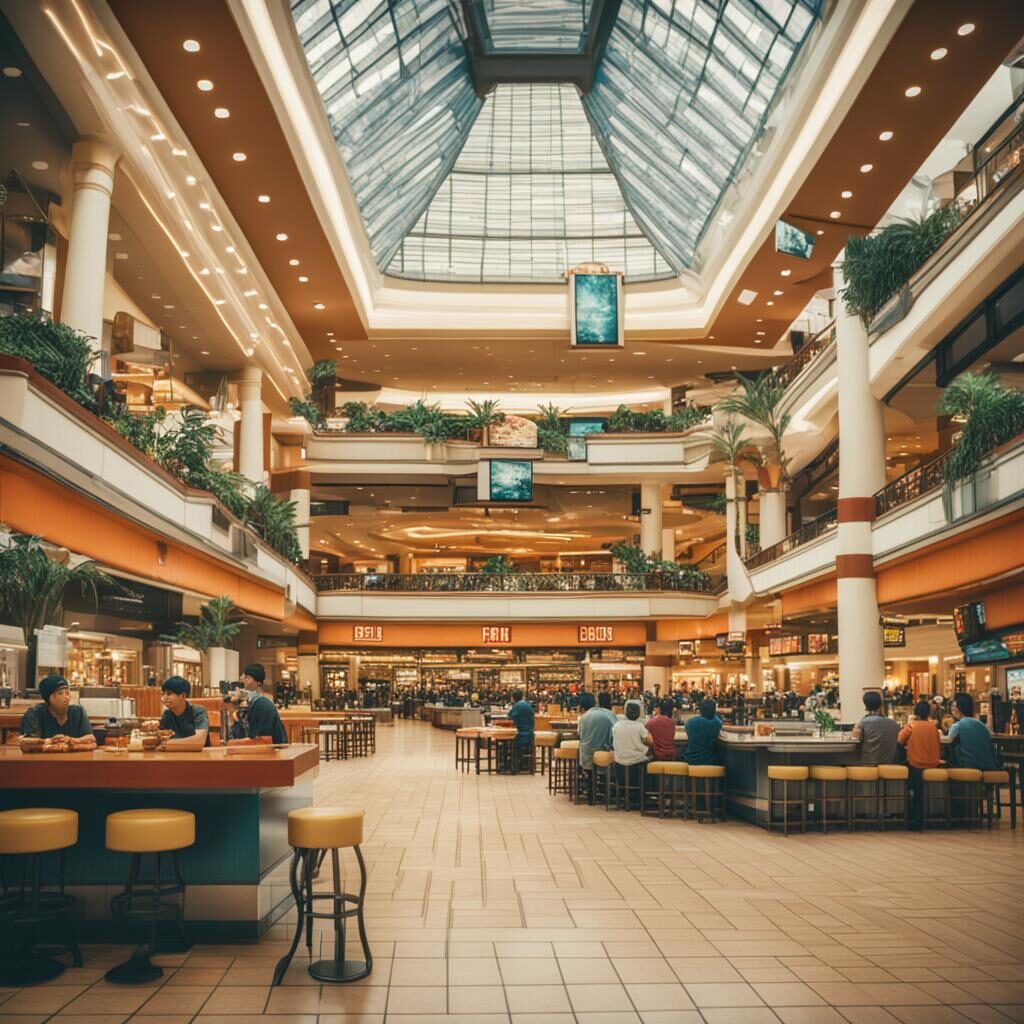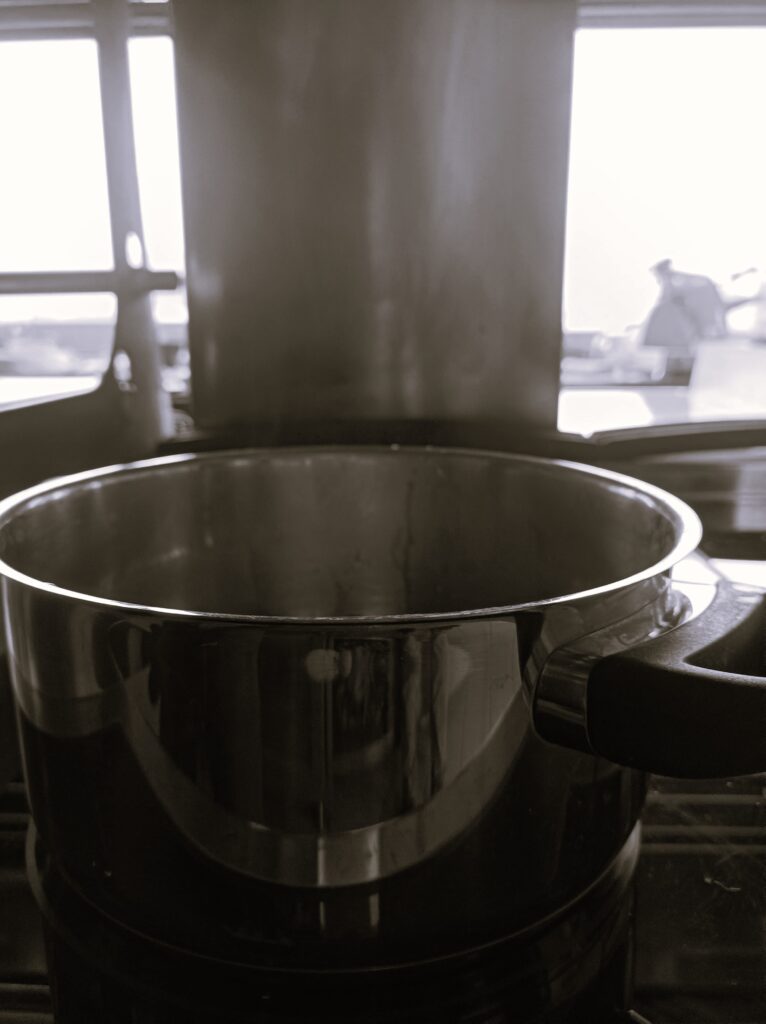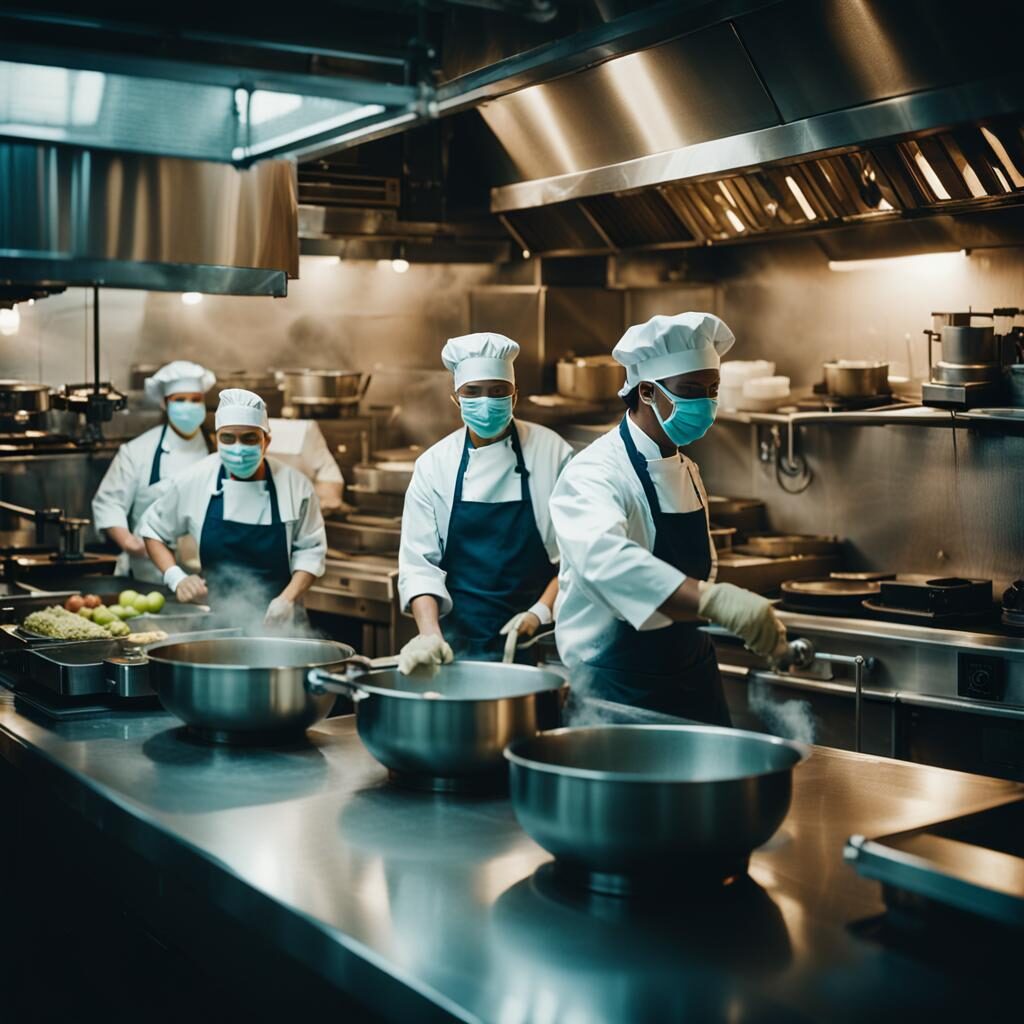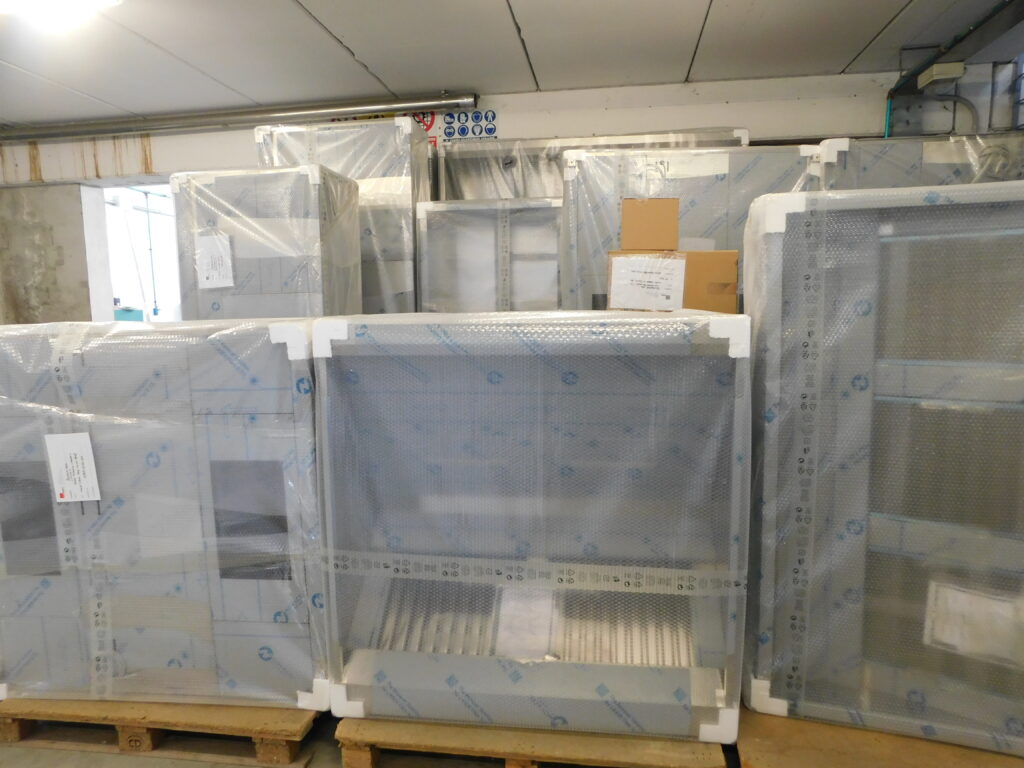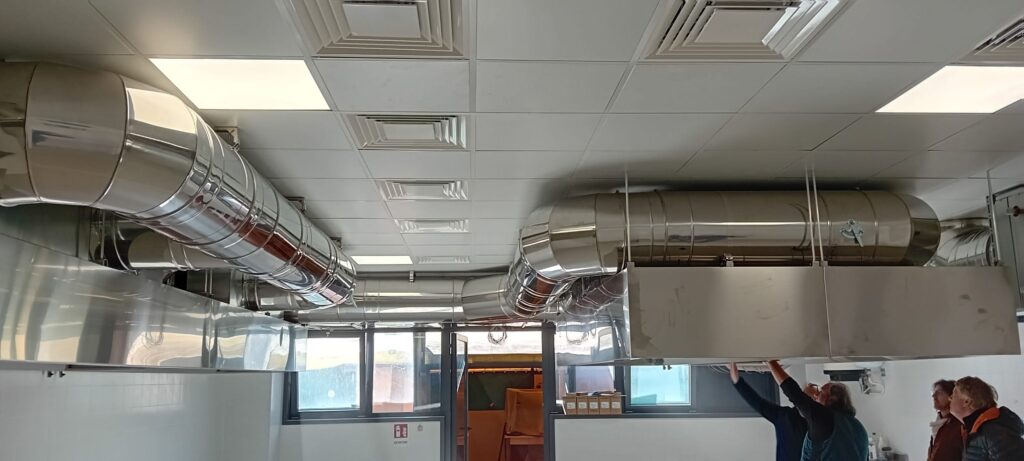We have focused several times now on the use of formulas for calculating the capture efficiency, with its pros and cons.
The latter, above all, is given by the impossibility of calculating everything to the detail.
The variables that can disturb normal extraction operations are, indeed, countless.
One of these is the presence of staff in the kitchen. Whether it’s the chef or simply the commis busy taking the dishes to serve.
One scientific study talks about this: “Effects of Mannequin and Walk-by Motion on Flow and Spillage Characteristics of Wall-Mounted and Jet-Isolated Range Hoods” (R.F.Huang; G.-Z.Dai; J.-K.Chen. 2010).
It demonstrates, using laser display technology, how cooking fumes (especially oil) are attracted by the cook and the staff in front of the cooking area.
Furthermore, the operators who, presumably, walk in the surrounding areas (imagine a kitchen during rush hour…), will create some sort of “turbulence” which will affect the dispersion of fumes (less so in the case of wall hoods, however).
A solution? Well, perhaps the only one is to set up a staff “walk-by” area as far away as possible from the cooking area, as the “disturbance” decreases as the distance increases.
It would also decrease with a reduction in the speed of said walk-bys: imagine a kitchen during rush hour tho… that is way far from possible!
Oh, one more thing! There is no point in increasing the suction flow rate: this leaves the situation almost unchanged.
However, our advice is always the same: take advice from a good technician.
And ask for a hood produced by Aluminox!

 Italiano
Italiano

